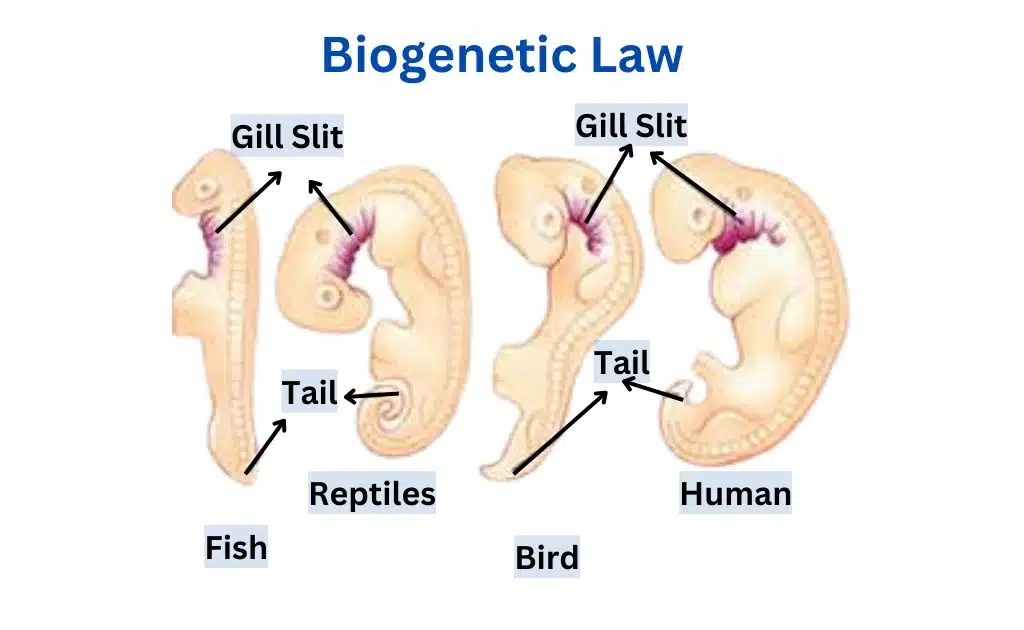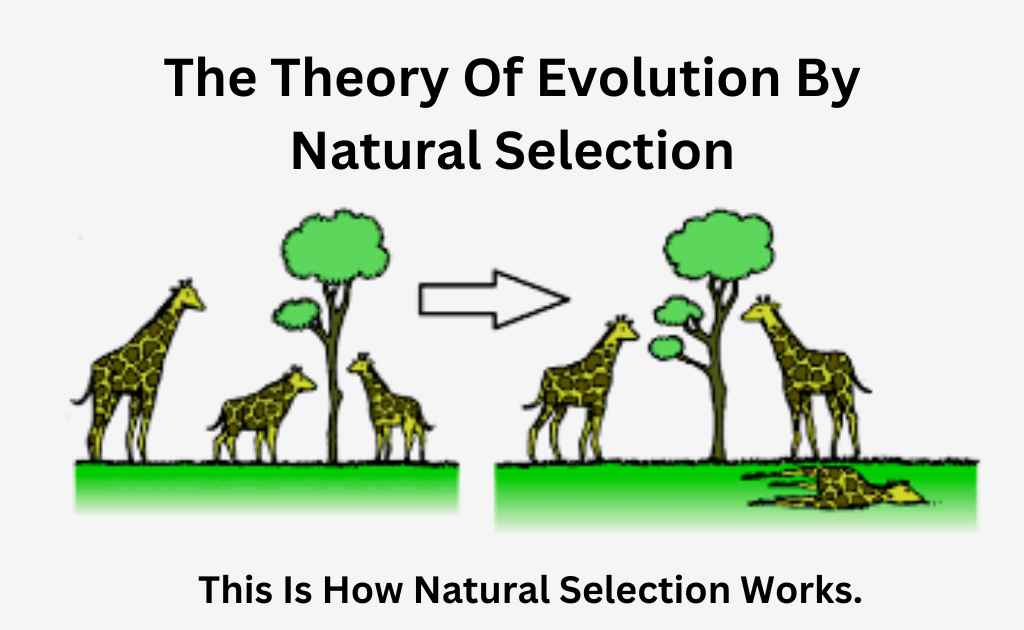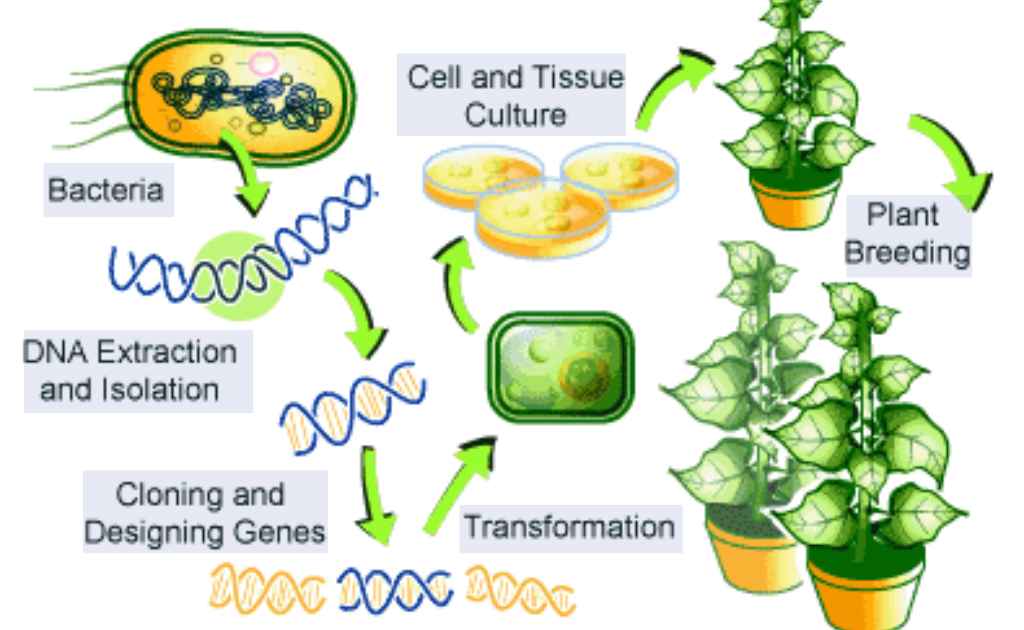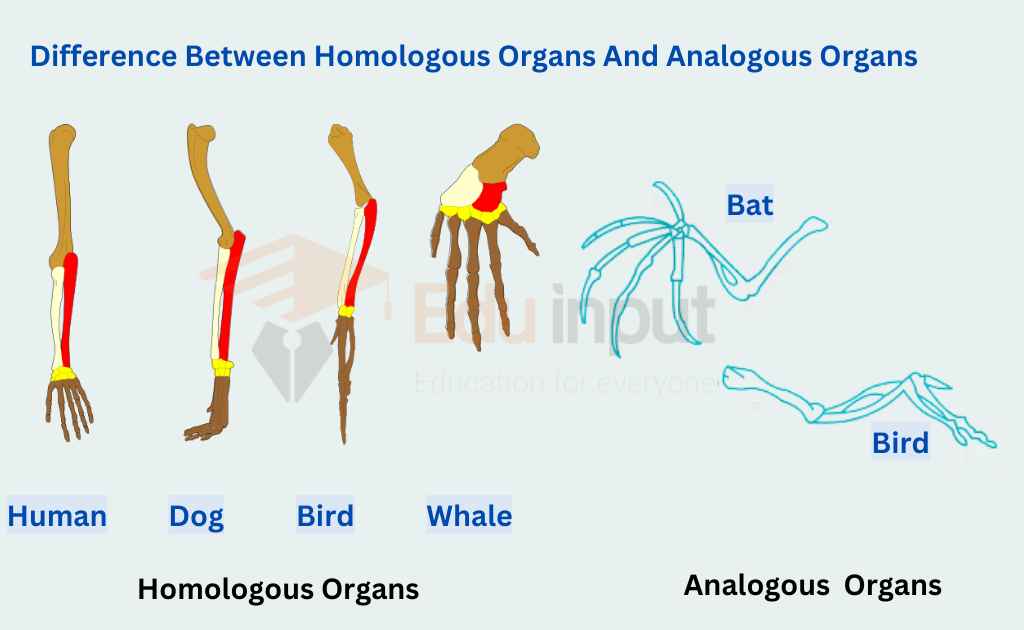Recapitulation Theory Or Biogenetic Law of Ernst Haeckel
The biogenetic law is a theory proposed by Haeckel, which suggests that an organism’s developmental stages reflect its evolutionary history.
Biogenetics is the study of genetics and its relationship to biological function. In other words, it explores the genetic basis of life processes such as growth, development, reproduction, and disease.
This is a historical theory that describes that embryogenesis in animals goes through distinct stages from fertilization to ontogeny, which is related to successive adult stages in phylogeny. As the name suggests it is often referred to as ontogeny Recapitulates phylogeny.
The embryos of higher animals repeat many stages through which embryos of higher animals have passed. This is called recapitulation.
Work of Von Baer
The concept of recapitulation was originally used by von Baer (1792-1876). It indicated that some of the developmental stages of an organism are similar to some of the developmental stages of its ancestors.
Work of E. Haeckel
Z E. Haeckel in 1866 modified the concept into a biogenetic law. It stated that ontogeny recapitulates phylogeny. It means that in its development, the individual passes through stages like the adult stages of their ancestors.
The Haeckelian idea is wrong in the eyes of modern embryologists. But it has stimulated research in embryology.
The scientists focused attention on the general resemblance between embryonic development and evolutionary processes.
Biogenetic Law
Fertilized eggs can be compared to the hypothetical single-celled flagellate ancestor of all animals.
- Similarly, a blastula can be compared to a colonial protozoan or some hypothetic blastula-like animal. This animal is the ancestor of all Metazoa.
- Haeckel believed that the ancestor of coelenterates and all the higher animals were a gastrula-like organisms. It has two layers of cells and a central cavity connected by a blastopore to the outside.
Modern Concept: Modern scientists prefer von Baer’s recapitulation concept the biogenetic law of Haeckel.

Examples of Recapitulation Or Biogenetic Law
There are numerous examples of recapitulation phenomenon during embryo development. But the best example is a comparison of different vertebrate embryos comparable stages in development.
- During the early embryonic stage, all the embryos look very much alike. All have similar pharyngeal arches and pharyngeal clefts.
- At a later stage in the series, limb-bud Primordia of the fore and hind limbs are formed similarly. These all have embryonic tails.
- The embryos of the lizard, chick, opossum, monkey, and man have strong resemblances. But fish and salamanders also assume recognizable forms. At this stage, gills have formed from tissues lining the gill clefts of both fish and salamanders. Late each embryo has developed features. These features indicate a fairly definitive nature.
- Further, the heart is a four-chambered series structure in the development of a mammalian embryo. Initially, it singled chambered as in fish embryo. Then develops partitions of the auricle (atria) similar to those of amphibian embryos. It is followed by incomplete ventricular division for a period like embryo reptiles. Finally, a four-chambered heart is formed.
- A similar example of recapitulation is found in mammalian embryos during the formation of Pronephric, Mesonephric, and Metanephric kidneys.
- There is the existence of a common Trochophore larval stage in the development of man mollusks and many annelids. It is also an example of recapitulation.
Latest Research About Recapitulation
- Scientists use recapitulation to design chiral drugs with distinct biological properties. Asymmetric synthesis methods, such as chiral induction, resolution, or chiral pool, are used to create single-enantiomeric drugs that exhibit desired therapeutic effects without unwanted side effects. [1]
- Recapitulating a growth factor-enriched microenvironment (GEM) using a hydrogel can improve regenerative outcomes. The hydrogel amplifies BMP-2 signaling in mesenchymal stem cells, leading to enhanced cytokine secretion and improved bone formation. [2]
What is Haeckel’s law of recapitulation?
It stated that ontogeny recapitulates phylogeny. It means that in its development, the individual passes through stages like the adult stages of their ancestors.
Who proposed the biogenetic law or recapitulation theory?
The concept of recapitulation was originally used by von Baer. E. Haeckel in 1866 modified the concept into a biogenetic law.







Leave a Reply